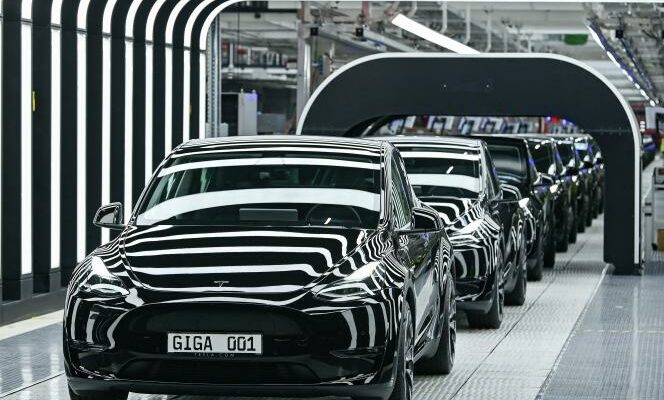Lhe contrast is striking. The British car market, traditionally second in Europe, behind Germany, is at its lowest level for thirty years. It has fallen by a quarter in three years and is struggling to recover. At the same time, its most prestigious manufacturer, Rolls-Royce, has never sold so many cars. His living rooms on four wheels, sold on average 500,000 euros each, have been snapped up.
Since its creation, one hundred and eighteen years ago, the firm had not produced as many copies as in 2022. And this, despite the paralysis of the Chinese market, a great lover of luxury. Certainly the British firm, bought in 1998 by the German BMW, only sold 6,000 copies of its big jewels. And its clientele, present in fifty countries, has not really suffered from the crisis. The order books of Ferrari or Lamborghini are full to bursting and the delivery times easily exceed the year.
This performance, which is in line with that of the luxury industry as a whole, has visible repercussions on the automotive sector. The tenors of the German top of the range, BMW and Mercedes, whose market is much larger than that of Rolls-Royce, are also showing good health, as the problems of shortages are resolved, in particular of electronic components, which have penalized sales for nearly two years.
Subsidies
They both reported on Tuesday, January 10, a significant improvement in their sales. In the last quarter of 2022, BMW registrations rose by 10% and those of Mercedes by 17%. And this movement is not about to stop, because the sales engine is now clearly on the electric side. For the two manufacturers, sales have more than doubled in this area, driven in particular by the very generous subsidy policy in Germany.
The ongoing automotive revolution is happening largely from the top. In the most electrified country in the world, Norway, where 80% of cars sold in 2022 were electric, the Tesla Model Y, a large urban SUV sold from 50,000 euros, replaced the very popular Volkswagen Beetle on the podium of the best sale of the year.
It is perhaps natural that such a major technological breakthrough begins by spreading through the top of the range, but the question arises of its democratization and therefore of the evolution of this industry in Europe. At the start of the adventure, the pioneers were called Nissan, with the Leaf, Renault, with the little Zoé. The current evolution of the market, also linked to production costs, naturally pushes manufacturers to prefer the comfort of the plush seats of large sedans.
